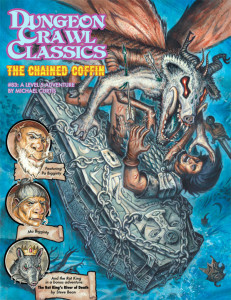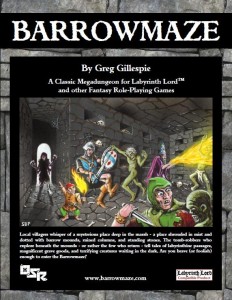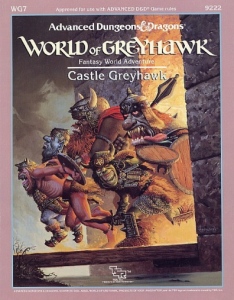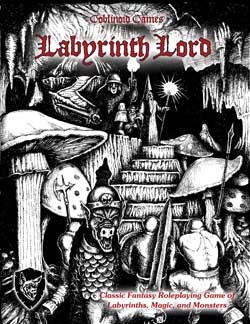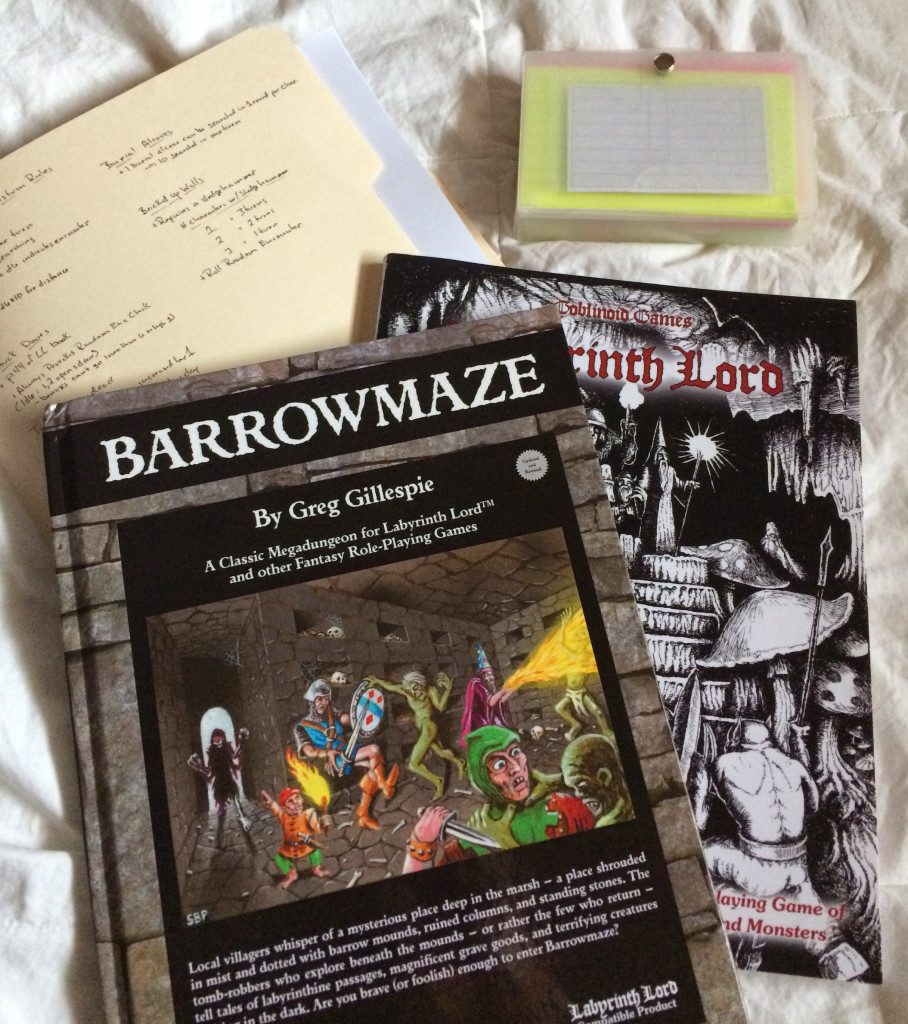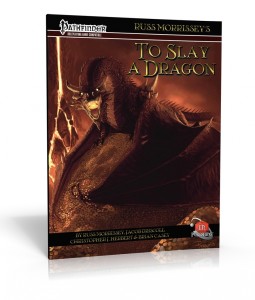 This post is part of a ‘Behind the Curtain’ series for Iron Tavern Press. They are intended to provide some insight to design decisions made for current and future product lines.
This post is part of a ‘Behind the Curtain’ series for Iron Tavern Press. They are intended to provide some insight to design decisions made for current and future product lines.
Gamer’s time is limited these days. A lot of us have taken on responsibilities of families and careers. These responsibilities cut into our free time and can often lead to playing shorter or more infrequent sessions – if we get to play at all. Even the younger gamers, still new to hobby have a plethora of other interests bidding for their recreational time.
Today’s Gamer
An informal poll of G+ users several months ago indicated the average length of session hovered in the 2 to 3 hour range. This informal poll holds true to my experience as well. My online sessions are 2 hours long and my weekly face-to-face session is only about 3 to 3.5 hours of actual playing time. A far cry from how the sessions of my youth used to be!
Not only are sessions shorter, but for some they are more infrequent. Maybe every other week or once a month. Sometimes that is simply the schedule and other times cancellations make that the more realistic gaming interval.
So What?
What does this shorter and sometimes more infrequent session time mean? It means trying to play through long sprawling adventures can be a chore. Either you can’t get enough accomplished in a single session to feel meaningful or it takes months to close a story arc. Sometimes you just need a short side-trek to fill a session or two where only part of your gaming group can make it.
GMs also tend to have less time to prep for sessions. Or sometimes they need a quick option for a night of gaming. Something that doesn’t take hours of preparation, but rather a brief read through and a small map for an evening of entertainment.
And that is where the Pocket-Sized Encounters line comes in…
Pocket-Sized Encounters
The Pocket-Sized Encounters line from Iron Tavern Press aims to fill this gap. The products are written to be played in sessions that last 2 to 4 hours. This makes is easier to pick one up and finish it in a single session while providing a fun night of play. Something the players and can feel good about accomplishing contributing to the fun of the session.
In addition they purposefully try to keep themselves adaptable. Towns are not explicitly named. Directions to the mountains or hills or plains are kept loose, only that there are some nearby. This helps make it even easier to drop into any campaign world on the spur of the moment. The intent is to drastically reduce the GM’s prep time by not being overly detailed with the backdrop forcing the GM to adapt entire villages or regions he has already taken efforts to detail.
Several adventure seeds are provided in each product so a GM can pick one and integrate with their campaign world. And for a GM that wants to expand the scenario beyond how it is written a ‘Where To From Here’ section is included with suggestions on how to get even more gameplay out of the scenario. So while remaining highly portable from one setting to another, there is information in each PSE to turn it into something bigger.
Each product includes a random table to further help a GM add detail on the fly. Tables from random treasure hordes, to random items found, to rumor tables. All are there to help a GM have the answers to those unpredictable twists and turns a players like to throw at you!
And finally – the maps included with the product are provided in GM’s versions, Player’s versions, gridded, and gridless. More tools to help a GM to be able to pickup a PSE product and be up and running with a limited amount of prep time.
Summary
The changing landscape of gaming are some of the driving factors in creating useful adventures for today’s GMs. The Pocket-Sized Encounter line is there for busy GMs, shorter sessions, and the infrequent gamer to provide an evening of entertainment at a moment’s notice.
You can check out one of the products in the PSE line at RPGNow.
Did you like this Behind the Curtain post? Don’t miss Default System Choice or Cover Art – Or Lack Thereof.


